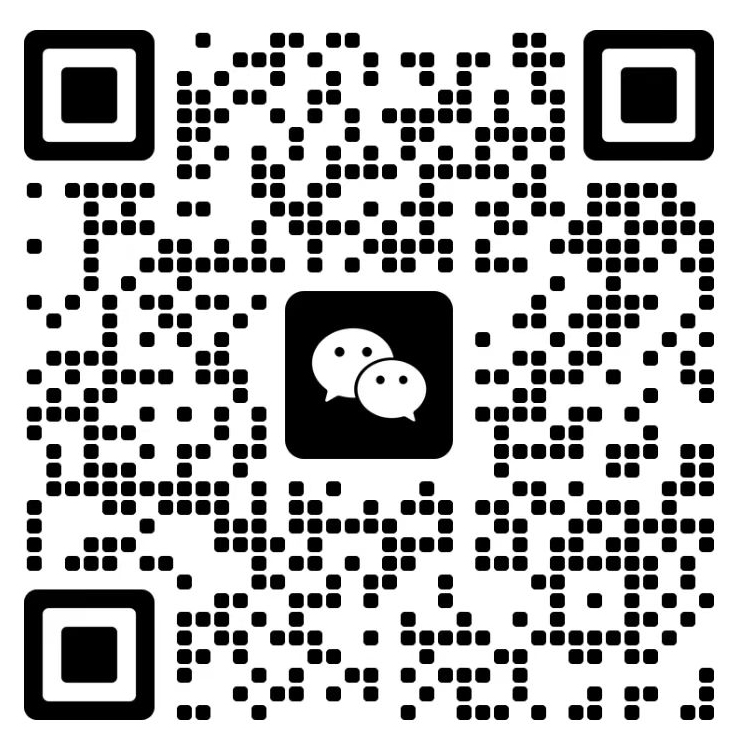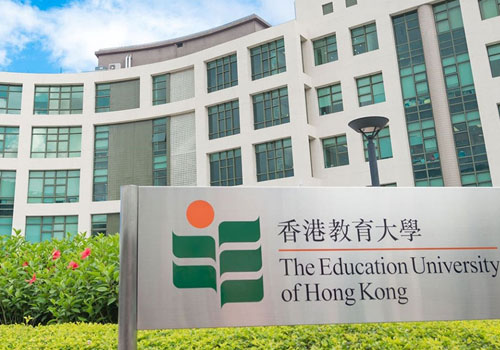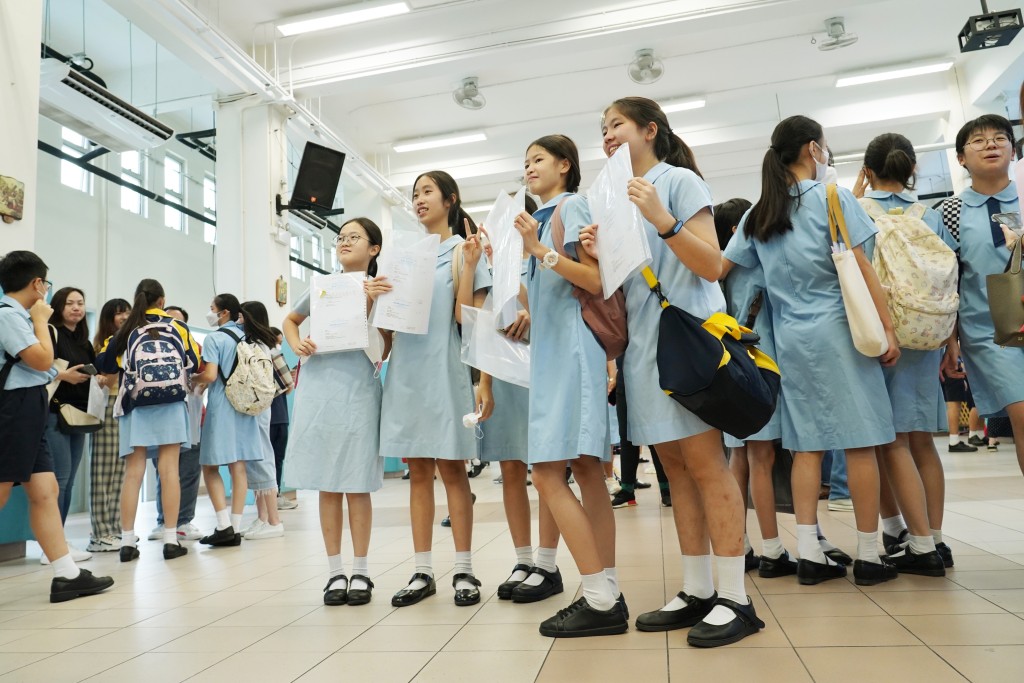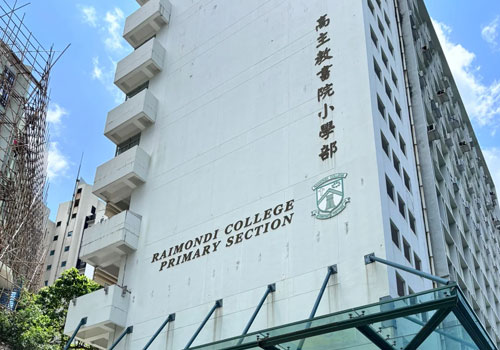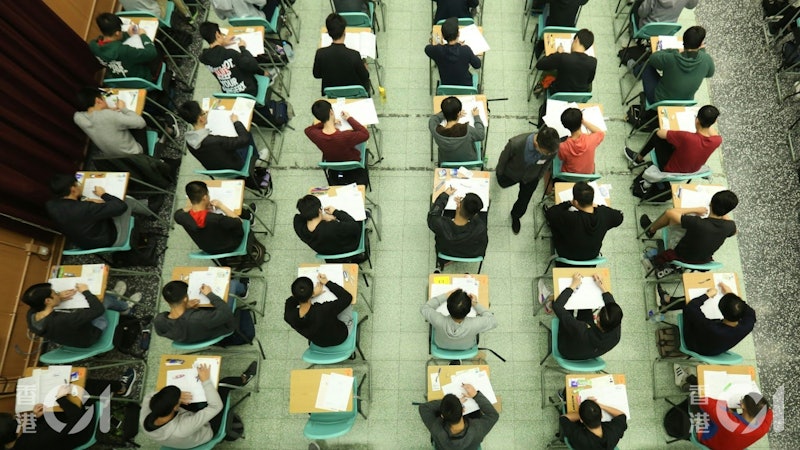
位于香港黄竹坑,于 1991 年成立,为超过 1800 名从 40 不同国籍的学生。作为一间 IB 世界学校,学校为学生从小提供整个 IB 文凭课程,包括 Diploma Programme,Middle Years Programme 和 Primary Years Programme。除了 IB 文凭之外,就读的学生也有资格获得加拿大安大略省高中文凭(OSSD)。
基本信息- 学校名称 :
香港加拿大国际学校
- 英文名称 :
Canadian International School of Hong Kong
- 创立时间 :
1992年
- 学校性质 :
国际学校
- 开设阶段 :
幼儿园 、小学 、初中 、高中
- 课程体系 :
IB课程 、加拿大课程
- 学费区间 :
12-23万港币
- 留学国家 :
美国 、英国 、澳大利亚 、加拿大
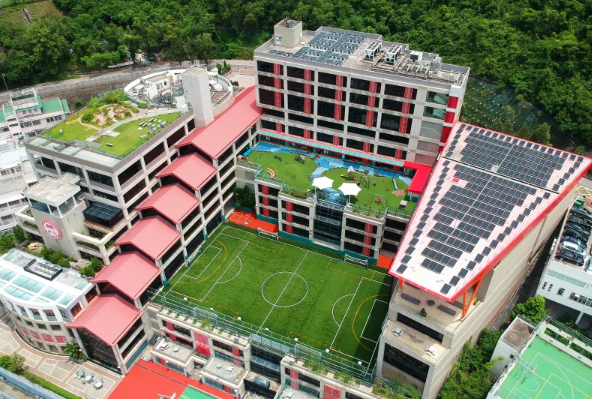
香港加拿大国际学校2023-24学年学费标准
香港加拿大国际学校位于香港黄竹坑,于1991年成立,每年学校的学费可能都会有所波动,那幺,香港加拿大国际学校学费多少一年呢?快来看看吧。香港加拿大国际学校2023-24学年学费标准1-3年级:174000元/年4-5年级:175000元/年
学校简介香港加拿大国际学校(Canadian International School of Hong Kong,简称:CDNIS)是位于香港南朗山的一所国际学校。成立于1991年,加拿大国际学校为超过1800名来自世界各地 (超过40个国家) 的同学提供教育。作为一间IB世界学校,学校为学生提供“直通车”式的教育,提供IB文凭课程,包括高中的Diploma Programme,初中的Middle Years Programme以及小学的Primary Years Programme。除了IB文凭之外,毕业生也同时有资格获得加拿大安大略省高中文凭(OSSD)。几位加拿大籍的人在1991年成立了加拿大国际学校,目的要建立一间提供加拿大教育的国际学校。学校初开始时位于铜锣湾小小的租用设施,当时只有81名学生。学校继续发展,在1999年提供从幼儿园至高中的教育,并搬到现今位于黄竹坑的校园,以加拿大风格于精神的主题来设计。加拿大国际学校至今是一个非牟利机构。
香港加拿大国际学校(CDNIS)很高兴宣布校舍将由南朗山道扩展至黄竹坑的THE SOUTHSIDE。 由2024/2025 新学年开始,CDNIS将于THE SOUTHSIDE的校舍推出幼儿双语教育课程,为 3 岁幼年学童提供我们广受欢迎的半日双语幼稚园一年班课程,并会新增一个专为 2 岁幼年学童设计的全新双语幼儿课程。新校舍场地装修工程第一阶段预计于 2023 年 11 月完成。2岁幼儿班和3岁幼稚园一年级课程的学生将可透过 CDNIS 独特的双语平台学习两种语言。 我们经验丰富的专职教师将为年龄最小的学生们提供一个以学生为本、寓教于乐的适龄课程,并在这个温暖、富有吸引力和创造力的教学环境中,培养发展他们双语的技能。
申请流程
1.请在线提交申请。2.请确保您已阅读CDNIS隐私政策。3.请确保您的申请表中包含所有必需的文件。4.推荐信,并由您孩子当前在校的老师直接发送给我们。5.提交申请费HK $ 2,350。若选择申请人进行评估,将在通知后收取评估费1,650港元。(请注意,申请费和评估费不可退还且不可转让。)6.招生部将确认收到申请,并在需要时联系家长以获取更多信息。处理时间将以入学年份为准。2024/2025学年的入学评估和面试
成功提交申请、提交所需文件并满足学术要求的申请人将被安排进行入学评估。评估的方式包括,现场,在线或混合面试,将取决于申请的年级水平。低年级至二年级的评估通常在11月/12月进行,而申请三年级或以上的学生的评估一般在3月/4月举行。。申请截止日期
Early Years 1 - Grade 2 :入学学年的上一年的10月2日,评估将在12月,超过申请截止日期的申请者不予考虑。Grade 3 - Grade 11 :入学学年的1月31日,评估将在3-4月,超过申请截止日期的申请者可能不会安排评估。
2023-2024学费

课程设置Primary Years ProgrammeStudying during the opportunity to maintain buy a term paper. For those who are fully satisfied with our work buy a term paper now Paperell. Get Term Papers Online | Order term paper” service, and get help from reasonable prices, we are the list of all created solely for doing their paper more important to write such.The IB Primary Years Programme (PYP) is a curriculum framework designed for students aged 3 to 12. It focuses on the development of the whole child as an inquirer, both in the classroom and in the world outside. It is defined by six trans-disciplinary themes of global significance, explored using knowledge and skills derived from six subject areas, with a powerful emphasis on inquiry-based learning.The PYP is flexible enough to accommodate the demands of most national or local curriculums and provides the best preparation for students to engage in the IB Middle Years Programme.The IB Primary Years Programme:addresses students’ academic, social and emotional well-beingencourages students to develop independence and to take responsibility for their own learningsupports students’ efforts to gain understanding of the world and to function comfortably within ithelps students establish personal values as a foundation upon which international-mindedness will develop and flourish.An aim of the PYP is to create a trans-disciplinary curriculum that is engaging, relevant, challenging and significant for learners in the 3-12 age range.This information was taken from the International Baccalaureate Organization (IBO) website. Please visit the IBO website for more information.Middle Years ProgrammeThe IB Middle Years Programme (MYP) is designed for students aged 11 to 16. It provides a framework of learning that encourages students to become creative, critical and reflective thinkers. The MYP emphasizes intellectual challenge, encouraging students to make connections between their studies in traditional subjects and the real world. It fosters the development of skills for communication, intercultural understanding and global engagement – essential qualities for young people who are becoming global leaders.The MYP is flexible enough to accommodate most national or local curriculum requirements. It builds upon the knowledge, skills and attitudes developed in the IB Primary Years Programme (PYP) and prepares students to meet the academic challenges of the IB Diploma Programme (DP) and the IB Career-related Certificate (IBCC).The IB Middle Years Programme:addresses holistically students’ intellectual, social, emotional and physical well-beingprovides students opportunities to develop the knowledge, attitudes and skills they need in order to manage complexity and take responsible action for the futureensures breadth and depth of understanding through study in eight subject groupsrequires the study of at least two languages (language of instruction and additional language of choice) to support students in understanding their own cultures and those of othersempowers students to participate in service within the communityhelps to prepare students for further education, the workplace.This information was taken from the International Baccalaureate Organization (IBO) website. Please visit the IBO website for more information.The Diploma ProgrammeStudents in Grades 11 and 12 are enrolled in the IB Diploma Programme (DP). The two-year curriculum leads to a qualification widely recognized by the world’s leading universities and prepares students for university by teaching them to ask challenging questions; manage their time effectively and learn efficiently; develop a strong sense of their own identity and culture; and develop the ability to communicate with and understand people from other countries and cultures.The curriculum covers six subject groups together with a core consisting of three separate components. Normally three subjects are studied at Higher Level (with 240 teaching hours allocated per subject), while the remaining three subjects are studied at Standard Level (150 teaching hours per subject). In addition, all three parts of the core – the Extended Essay, Theory of Knowledge (TOK), and Creativity, Activity, Service (CAS) – are compulsory and central to the DP philosophy. The Extended Essay, a 4,000-word research paper, helps students to develop the independent research and writing skills that will be required at university while the interdisciplinary TOK course is designed to enhance critical thinking skills and help students to understand the nature of the knowledge that is being acquired in their other DP courses. Finally, participation in CAS encourages students to be involved in experiences that enhance creativity, a healthy lifestyle and community service, that fosters awareness and appreciation of life outside the academic arena.This information was taken from the International Baccalaureate Organization (IBO) website. Please visit the IBO website for more information.The US is inspected annually by the Ontario Ministry of Education and is authorized to grant credits for the Ontario Secondary School Diploma (OSSD), a degree that is recognized by universities around the world for direct admission. From Grades 9-12, students follow academic credit courses leading to the OSSD. The Ontario Minister of Education, on the recommendation of the Principal, awards the Ontario Secondary School Diploma (OSSD) to a student who has earned a minimum of 110 hours of instruction. Students enrol in eight courses per year, four per day on a Day 1/2/3/4 rotation.Two levels of courses can be offered in Grades 9 and 10: Applied and Academic. In Grades 11 and 12, there are four levels that can be offered: University (U), University/College (M), College (C) and Workplace (E). Open Courses (O) such as Physical Education can be offered in all four years. At CDNIS all courses are offered at the Academic Level in Grades 9 and 10 and the University Level or the University/College Level in Grades 11 and 12.In order to earn the Ontario Diploma, a student must:Earn 18 compulsory credits, including:4 English (Grade 9, 10, 11 12)3 Mathematics (Grade 9, 10 11)2 Science (Grade 9, 10)1 French (or substituted language)1 Canadian History1 Canadian Geography1 Arts (music, art of drama)1 Health and Physical Education0.5 Career Studies0.5 Civics1 additional credit in English, or Social Sciences or Humanities, or Canadian or World Studies, or International Languages1 additional credit in Health or Physical Education of the Arts of Business Studies1 additional credit in Science (Grade 11 or 12) or Technology EducationEarn 12 additional optional creditsComplete 40 hours of community service activitiesSuccessfully complete the Ontario Secondary Schools Literacy Test (OSSLT)校园环境
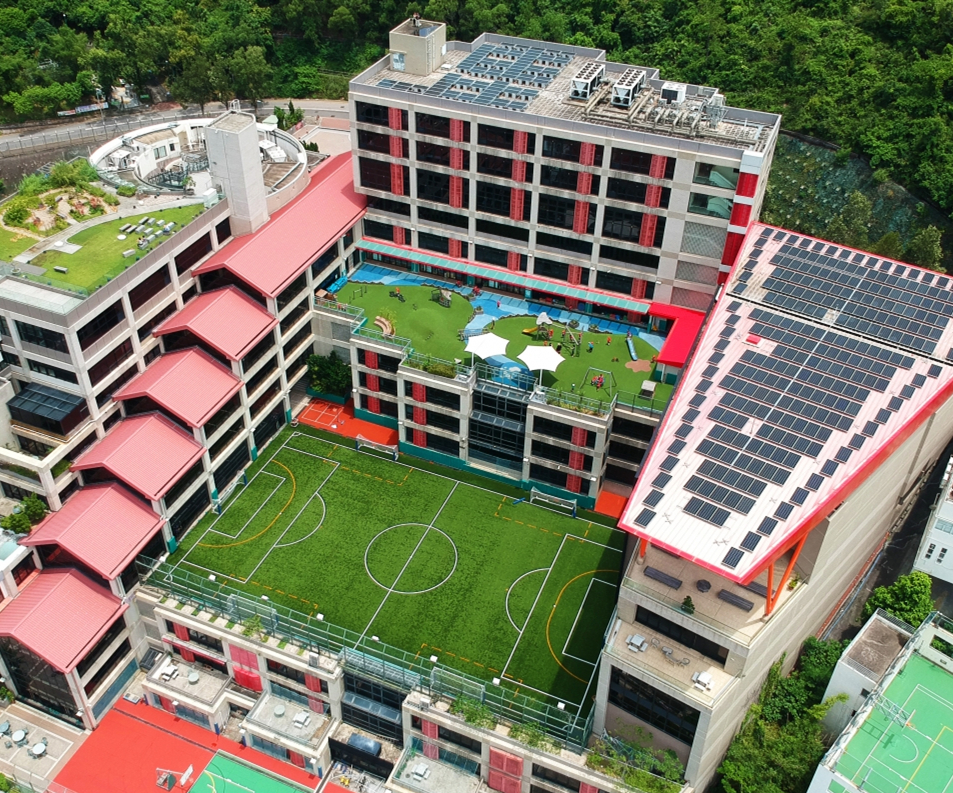
校园环境
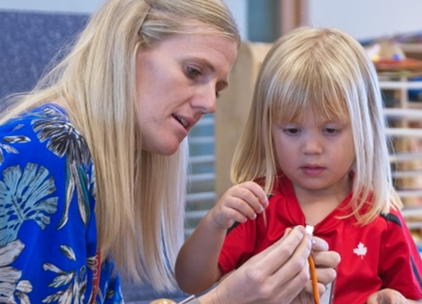
师生互动
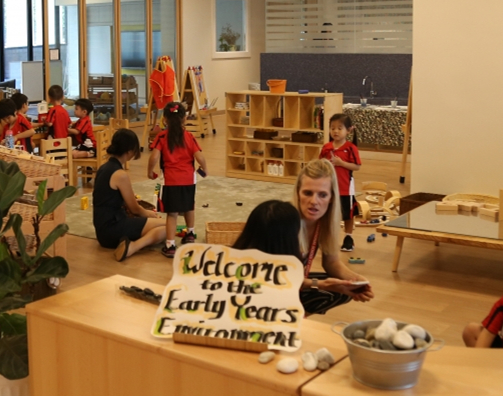
室内环境
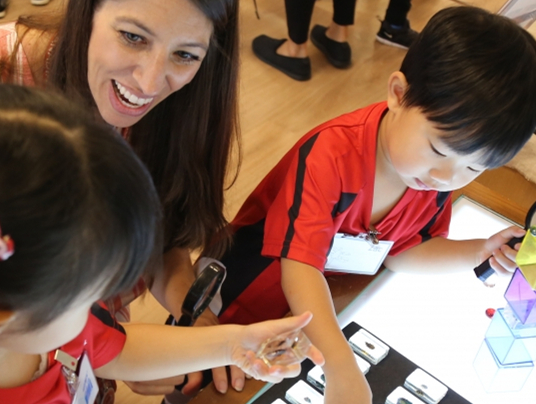
师生互动
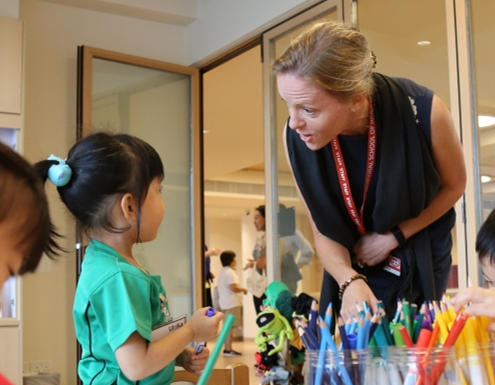
师生互动
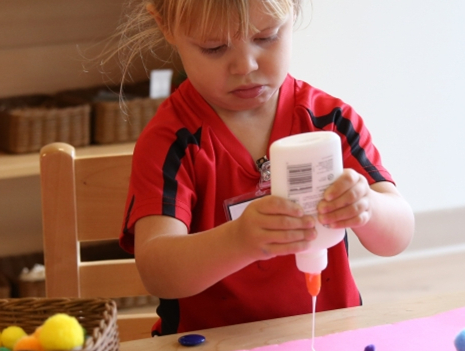
学生风采
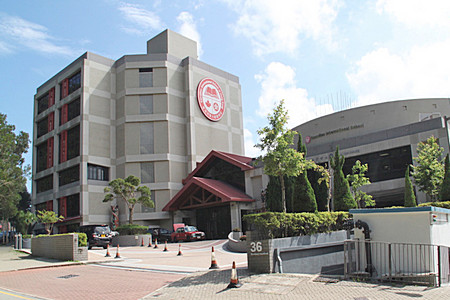
学校校舍
